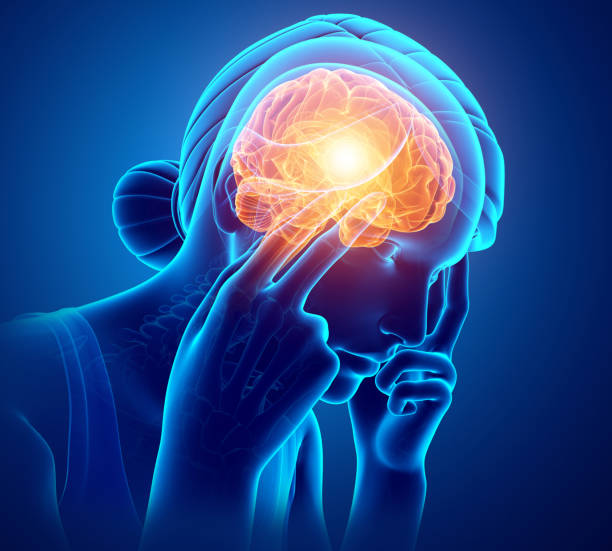Make an Appointment
A migraine is a worse version of a headache. This is a neurological disease and it can cause a variety of symptoms, like throbbing, pulsing headaches on one side of your head. Movement, light, sound and other triggers may cause symptoms like pain, tiredness, nausea, visual disturbances, numbness and tingling, irritability, difficulty speaking, temporary loss of vision and many more. Migraine gets worse with physical activity, lights, sounds or smells. It may last at least four hours or even days.
What are the types of headaches?
What type of headache is a migraine? Why are migraines caused? There are many headaches, divided into two categories; they are primary headaches and secondary headaches. A migraine is a primary headache, meaning that it isn’t caused by a different medical condition. Primary headache disorders are clinical diagnoses, meaning there’s no blood test or imaging study to diagnose them. A secondary headache is a symptom of another health issue.
Who gets migraines?
Why are migraines caused? It’s difficult to predict who may get a migraine and who may not, but there are risk factors that may make you more vulnerable. People who get migraine headaches almost eighty per cent of them have a first-degree relative with the disease. Migraine headaches happen to women more than men. It’s likely more common in women because of the influence of hormones. You may get migraines more often if you’re high-stress. Stress can trigger a migraine. Smoking is another reason for migraine.
What are the symptoms?
The primary symptom of a migraine is a headache. It can begin as a dull ache that develops into pulsing pain that is mild, moderate or severe. If left untreated, your headache pain will become moderate to severe. Pain can shift from one side of your head to the other, or it can affect the front of your head, the back of your head or feel like it’s affecting your whole head. Some people feel pain around their eyes or temple, and sometimes in their face, sinuses, jaw or neck.
Other symptoms of migraine headaches include sensitivity to light, noise and odours, nausea and vomiting, upset stomach and abdominal pain, loss of appetite, feeling very warm or cold, pale skin colour, fatigue, tender scalp, dizziness, diarrhoea and fever. Each phase of the migraine attack can come with different symptoms.
What are migraines caused?
The cause of migraine headaches is complicated and not fully understood. When you have a headache it’s because specific nerves in your blood vessels send pain signals to your brain. This releases inflammatory substances into the nerves and blood vessels of your head. It’s unclear why your nerves do that. Migraine attacks can be triggered by a variety of factors.
Emotional stress is one of the most common triggers of migraine headaches. During stressful events, certain chemicals in the brain are released to combat the situation. The release of these chemicals can bring on a migraine. Other emotions like anxiety worry and excitement can increase muscle tension and dilate blood vessels. That can make your migraine more severe. Delaying a meal might also trigger your migraine headache. Sensitivity to specific chemicals and preservatives in foods.
Having too much caffeine or withdrawal from caffeine can cause headaches. Daily use of pain-relieving medications. Hormonal changes in women. Flashing lights, fluorescent lights, light from the TV or computer and sunlight can trigger you. Changing weather conditions, being overly tired or overexerting, dieting not drinking enough water, changes in your normal sleep pattern, loud noises or exposure to smoke, perfumes or other odours can also trigger your migraine.


4 Comments
Pingback: Why are migraines caused? – Sujata Birla Hospital
Pingback: Why is low blood sugar dangerous? | Sujata Birla Hospital
Pingback: How can you lower your cholesterol? | Sujata Birla Hospital
Luke Coutinho
Migraines can be incredibly debilitating, impacting many aspects of daily life. While their exact cause remains complex, triggers like stress, hormones, and dietary factors play a role. It’s vital to understand these factors to better manage and prevent these painful episodes.